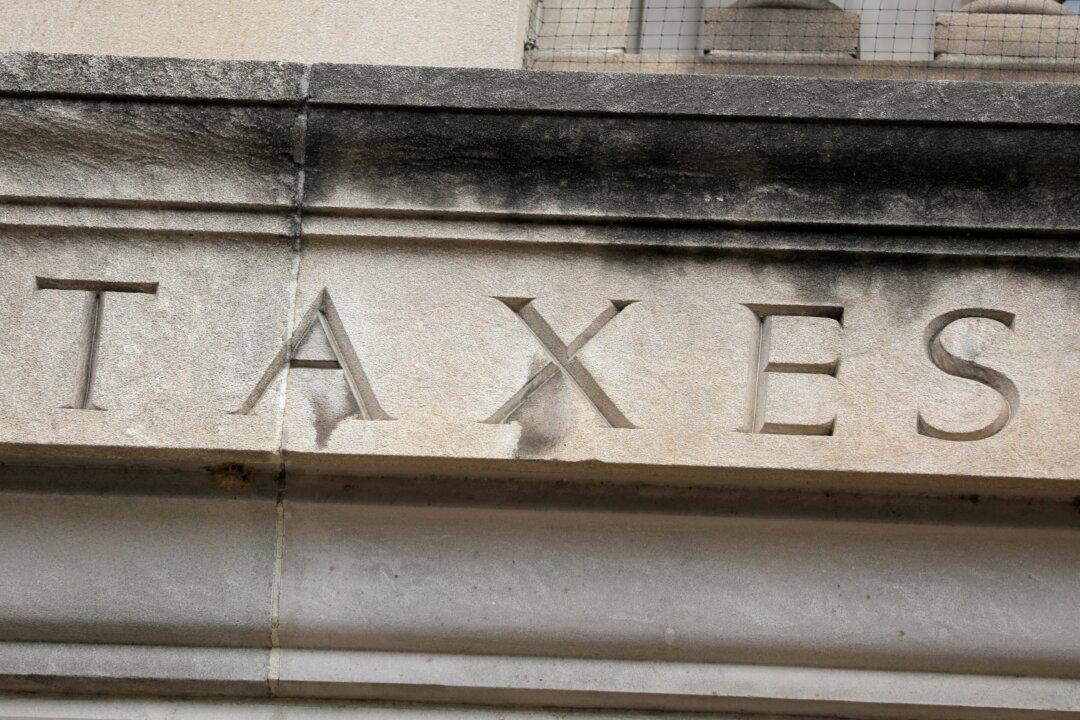Commentary
The national debt just hit $30 trillion. Unfortunately, when the numbers we’re presented with get to a certain point, our eyes tend to glaze over. After all, one trillion is such an incomprehensible amount that the difference between that and 30 trillion is nearly meaningless in terms of our ability to conceive of it. But when it comes to the ever-increasing government spending, it is important that we do not allow this human psychological tendency to undermine the urgent need to rein in the national debt.




